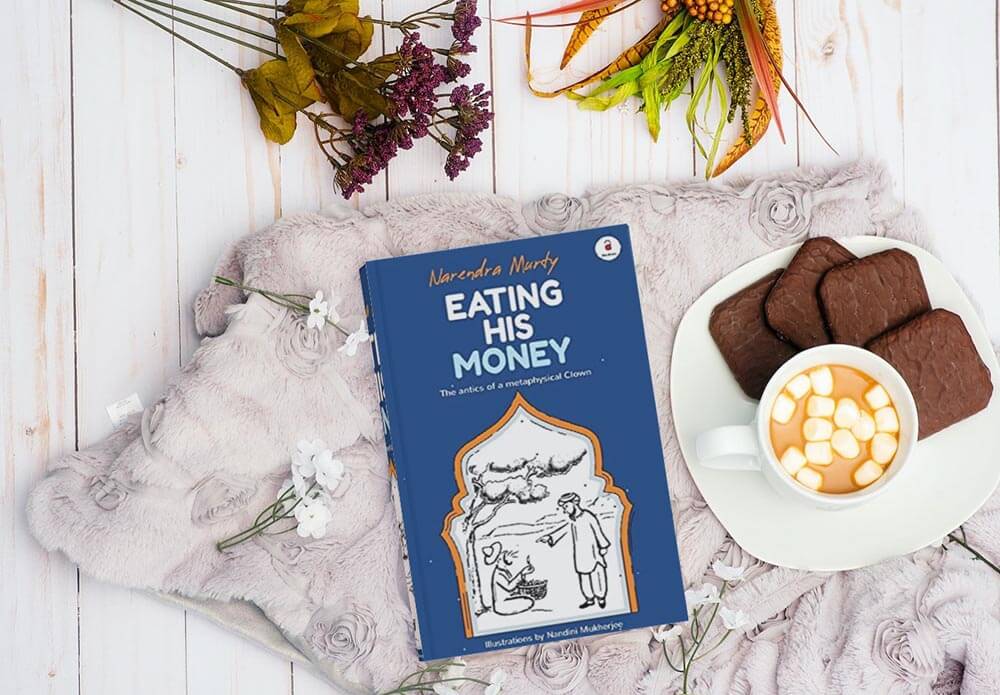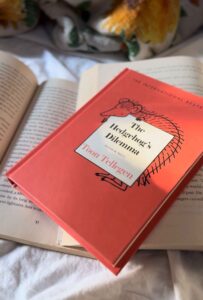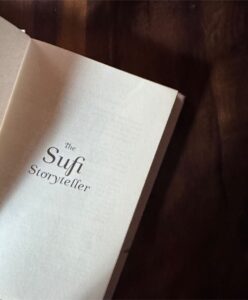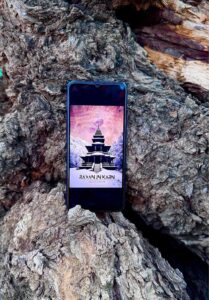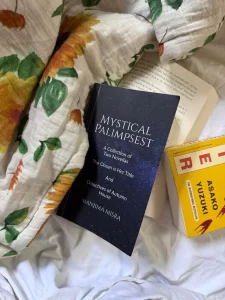Eating His Money
Neelam Sharma www.booxoul.com
Author: Narendra Murty
Ever wondered what it is that causes all kinds of problems, despair, depression, and breakdown for humankind? Well, it is the lack of wisdom, aka enlightenment-spirituality in other words. Albeit, reading through those Zen-like difficult volumes is a daunting task for many in a bid to do so, Eating His Money by Narendra Murty is a voice of hope in such a scenario-a collection of stories by Mulla Nasruddin, a metaphysical clown character whose charm and exuberance are only rivalled by his more than deep, thoughtful insights pertaining to life in a Sufi voice.
Well, I am going to be starting this enlightening monologue here today with a super pedestrian pickup line, a typically Bambaiyya TBH-“Yeda banke peda khaaya” meaning acting the fool in an attempt to gain knowledge and partake of substantial gains.
Yes, life is indeed a vicious, never-ending rigmarole. Faced with problems, and challenging situations day in and day out, we often look around for solutions, for some spurt of enlightenment that can help us get out of them. In such a scenario, coming across a collection of stories such as “Eating his Money” by Narendra Murty is nothing short of a pleasant rendezvous with life, understanding it from its own deep perspective.
Yes, these poignantly deep yet comically presented insights of Mulla Nasruddin, a fictional Sufi character, who, as he poses to act the fool in the face of qualms, in actuality, through his antics and whimsical reactions, attempts to answer those very qualms in a manner that challenges the pre-set teachings of traditional teachers in this regard.
All these stories are in some way or another a delving into our daily wanderings of life and hold the cataclysmic potential to alter our lives in one way or another, imparting wisdom that acts like a shining beacon of hope and guiding light, helping us in our way to move forward wisely, without any hiccups. These anecdotes, which offer an exploration of various aspects of life, have been written in a brilliant manner by Narendra, using the “fooooooool’s perception “being adapted by the Mulla in the process of gaining and garnering a deep insight into the truth.
TBH, the first time I approached the book, I was a bit sceptical as to what I might find here in the way of enlightenment. I mean, how is it that the Mulla, who acts akin to a fool in most scenarios, can possibly lead us to light? Well, I was sadly mistaken, as the Mulla was much more than a simple teacher imparting usual knowledge. Using this bridge of Sufi wisdom as a viable channel and Nasurddin’s stories as a gap builder, Narendra has tried not to typecast any religion-based teachings here but made an attempt to impart life’s teachings in a more relatable manner. The tales by themselves are laced with humour, although they hold the potency to challenge the greater intricacies of life.
Each chapter in this book had different meanings and stories, with multiple ideologies being perused through them.
The first story itself-There is more light here captivated me with its profound insight that “Happiness cannot be found in the outside world for the simple reason that it doesn’t exist there. The truth is that happiness is inside us. It is a state of the inner world. Here, when Mulla loses his key at home and decides to actually search for it elsewhere where there is more light, home denotes a metaphor for one’s self, and the key refers to the key to one’s happiness. Similarly, the next one-Why are we here? signifies how we actually see life as a projection of our desires and fantasies, blurring the line between dreams and reality. Yes, it is important to ask oneself-Why am I here?
Another interesting one-The is that the grammarian gives out the lesson: the purpose of life is to seek spiritual perfection. The story of the bishop and the hermits gives one a reasonable foray into the underlying theories of life and its significance.
Another beautiful insight I learned from a tale titled “Catching Fish” is that words, methods, and techniques are means and not the end. Religion is a vehicle. Its expressions, rituals, morals, and other teachings are designed to cause certain elevating effects at a certain time upon certain communities. However, for the unversed and the shallow, the means become the end and the vehicle becomes the idol. Thus, only a man of wisdom can cause the vehicle to move again.
The titular story, too, gave me a deeply resonating take on how one does not lose themselves totally in the investments of life (aka eating money) and always remembers his journey.
Related: F*** My Brain! By Amir Shaheen: A Saucy Satire on the Hilarious Ride Called Life
I loved how Narendra has objectified the instances and managed to make light of the scenarios in a bid to ensure that the readers latch onto them well so that they can actually take a pause and delve deeper into the real underlying messages that have been so meticulously assimilated and splayed by him through this poignant collection, which exudes brilliance at another level. This is a fine piece of writing; you should pick it up and ensure that not only you but everyone around you, young and old alike, pores through and benefits from it. This one is much more than a fine piece of writing, it is a talisman of sorts for a better life.
So, I hope you guys liked my book review of Eating His Money by Narendra Murty
Stay tuned with us right here at Booxoul for the best in the fields of entertainment, lifestyle, food, fun, finance, fashion, education, tech, and gadgets, as well as all things bookish.
Adios Amigos!

